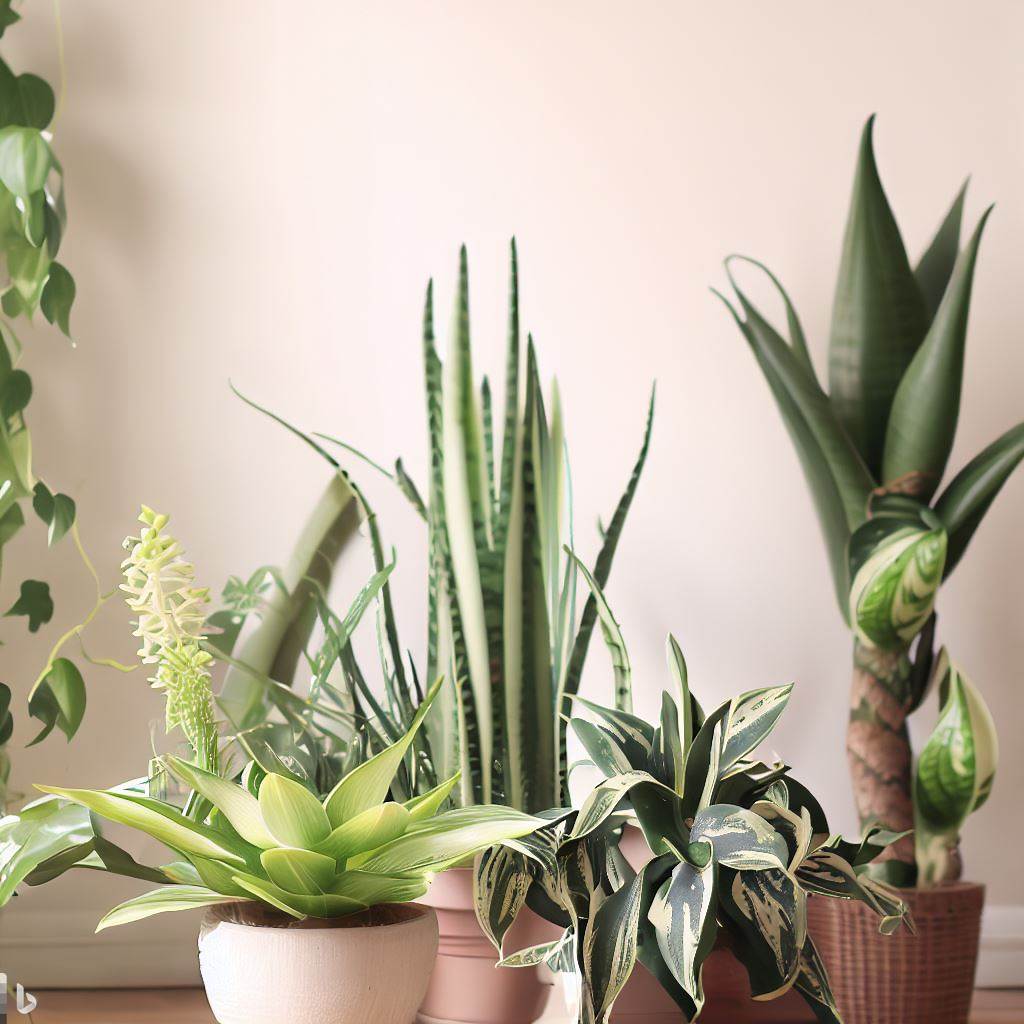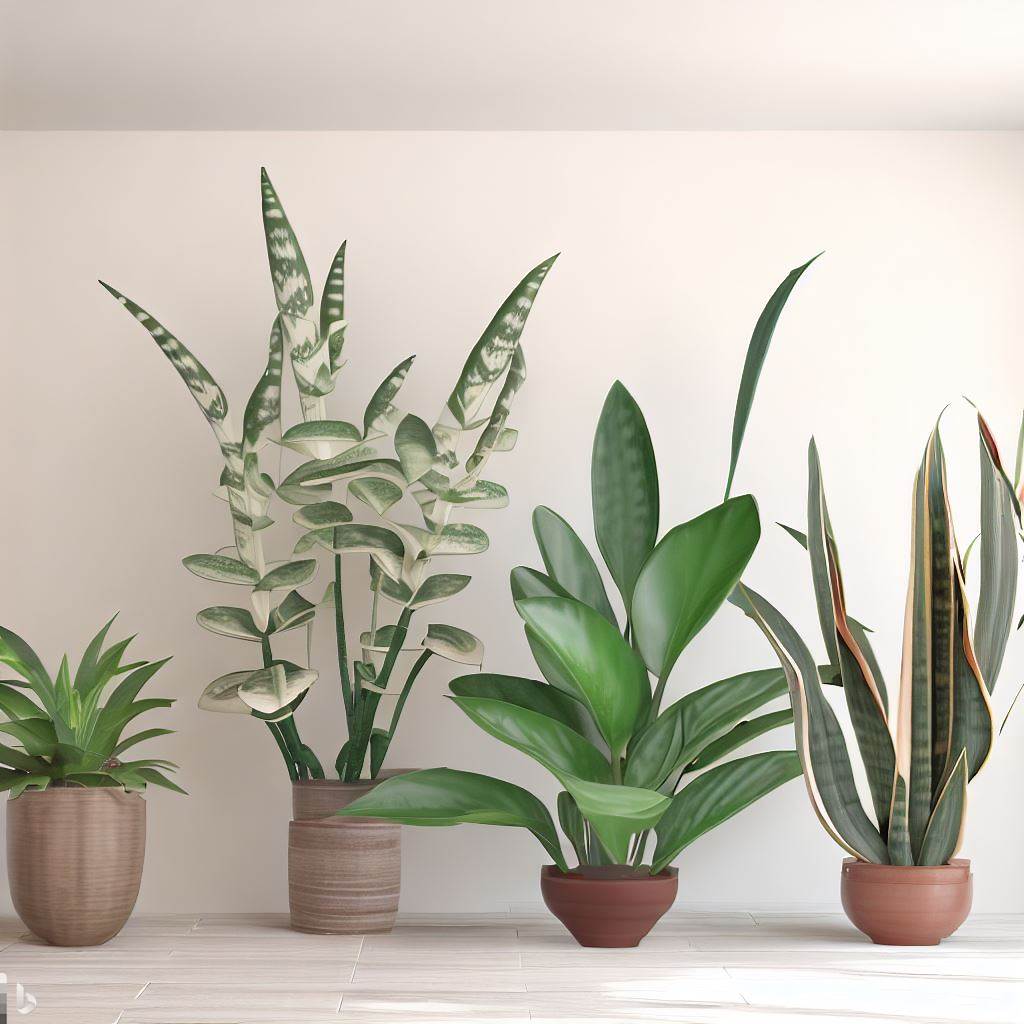Easy, Breezy, and Fresh: Top 5 Plants for a Clean and Oxygenated Home
Discover the top 5 plants that will improve your home's air quality and add a touch of natural beauty to your living space. These easy-to-care-for plants will leave your home feeling fresh and breezy all year round!

It's no secret that clean air is crucial for our well-being, especially in today's world with high pollution levels.
Luckily, there's a simple and natural way to enhance the air quality in your home: plants. Not only do they add an aesthetically pleasing touch to any space, but according to NASA studies on plants that purify the air, they also work wonders in removing harmful toxins from the air we breathe. So why not bring a little bit of nature into your home and improve your health at the same time?
Here are the top 5 plants that you need for a clean and oxygenated home:

Snake Plant: Also known as mother-in-law's tongue, this plant is low-maintenance and can survive in low-light conditions. It is known for removing toxins such as formaldehyde and benzene from the air.
Aloe Vera: This plant not only has air-purifying properties but also has healing properties. It is known for removing formaldehyde from the air and has many medicinal uses, including soothing burns and moisturizing the skin.
Spider Plant: This plant is known for removing harmful pollutants such as benzene, formaldehyde, and xylene from the air. It is also low maintenance and easy to care for.
Peace Lily: This plant is beautiful and has air-purifying properties. It removes toxins such as ammonia, benzene, and formaldehyde from the air. It also has a calming effect and can help reduce stress.
English Ivy: This plant is known for removing pollutants such as benzene and formaldehyde from the air. It is also easy to care for and can thrive in low-light conditions.
In summary, having plants in your home is a natural and effective way to improve air quality and promote good health. These top 5 plants are easy to care for and add a touch of nature and beauty to any space. So add some greenery to your home, and breathe easy!
